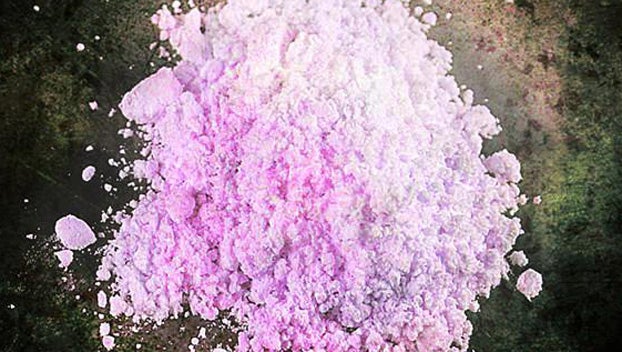PINK: ‘An imminent hazard to public safety’
Published 12:22 pm Thursday, January 17, 2019
In 2016, the DEA first encountered the synthetic opioid U-47700, street named “pink” or “pinky”, which was later determined to be a potent mixture of U-47700 and heroin.
U-47700 is synthetic opioid approximately 7.5 times stronger than morphine which is now classified as a schedule I by the Controlled Substances Act.
The DEA’s 2017 National Drug Threat Assessment further depicted U-47700 as “an imminent hazard to the public”.
More recently, “pink” has reemerged in a new form.
During a recent controlled-buy of another substance, Counter Drug Task Force members in Northern Kentucky procured an unknown pink substance packaged for distribution.
Chemical analysis conducted by the DEA laboratory concluded this substance was a mixture of heroin, methamphetamine and fentanyl.
Pink has a possibility of being Naloxone (Narcan) resistant nationally.
Law enforcement and emergency medical services have reported numerous instances where individuals whom have overdosed on fentanyl-based narcotics did not respond to direct, and sometimes multiple, doses of Naloxone.
Officer safety tips about “pink” suggest although the color of a substance is not directly indicative of the chemical make-up, pink has a historical precedence of being deadly; no matter what the chemical make-up.
Pink in any form can be absorbed by the skin, but clandestine methods of producing pink create substances able to be distributed in powder, pill and even mist forms.
The complex chemical make-up of pink makes it highly-volatile and highly-dangerous to law enforcement and emergency medical service personnel even through secondary exposure.
Law enforcement officials and local health departments throughout the state urge citizens to exercise extreme caution when coming in contact with any pink substance.
Information provided by Bruce Crouch of the Jessamine County Health Department.






